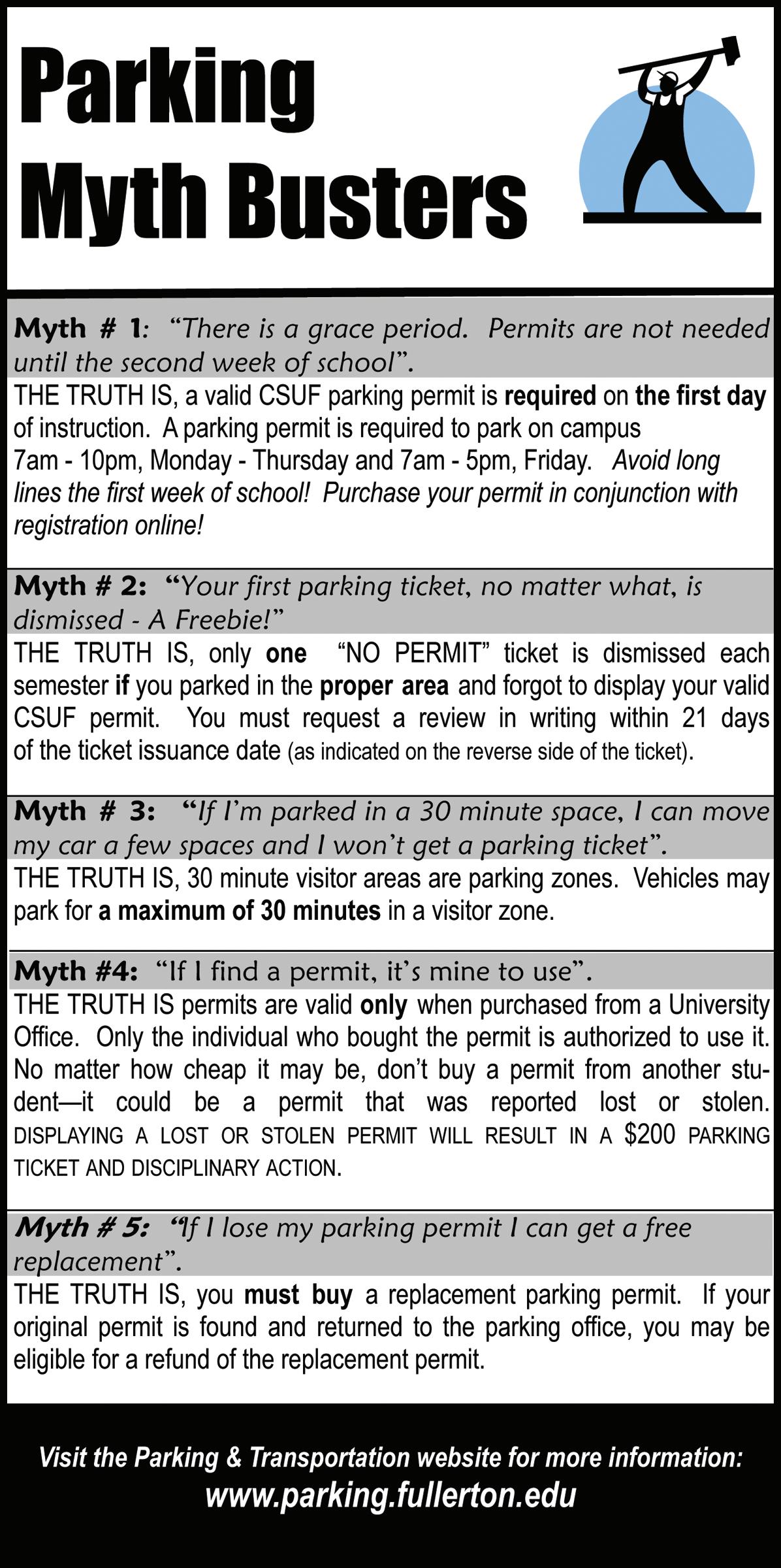
4 minute read
Student money advice
FAYETTEVILLE, Ark. – One of the many things to do on students’ back-to-school list is to decorate their dorm room.
Decorating a dorm room can be as simple as buying the bare necessities or as complicated as color coordinating every single detail down to the sticky notes.
Advertisement
A person’s dorm room reflects her character just as much as her appearance and personality.
Before shopping for things to adorn a room, you should consider a few things: budget, theme and space.
How much are you willing to spend? What look are you going for? How much can you make the most with the limited space you are given?
Choosing a look or theme for the room might be influenced by the person’s favorite colors, a pattern or print, or it may be focused on their favorite hobby or movie.
Choosing colors is very important. Don’t be afraid to have more than one color. A student’s favorite color might be navy blue, for example.
Instead of purchasing all navy items for the room they might spruce it up by adding lime green to give a chic contrast to their favorite color.
Stores that sell bedding sell comforter sets that include sheets and pillow cases, but more specifically, they sell sets with the college student in mind.
These comforter sets are specifically designed to be mixed and matched, making each student dorm look original. The stores even offer throw pillows, rugs, curtains, lamps, etc. to match the comforter sets.
Dorm walls are like a blank canvas, ready to be filled with any and everything that expresses the student’s creativity.
Bare walls can be spruced up with photos, calendars, wall clocks, posters and other important papers. Photos of friends and family are a great, cheap way to adorn your room, but they can also help cure a homesick student.
Calendars can be used to jot down important dates such as tests, parties, meetings, holidays, etc. A great website to get posters is allposters.com. This Web site offers over 300,000 posters that appeal to almost any taste and interest. The university alsohosts a poster sale during the beginning of the school year.
PULLMAN, Wash. – Do students really need that $3 latte every morning? Accounting professors at Washington State University Charlie Bame-Aldred and Sue Gill don’t think so.
Bame-Aldred, who gave a presentation to WSU students on money management Thursday in the Center for Undergraduate Education, said “spending leaks” like the morning mocha are costing students more than they realize.
“If you came at the beginning of the month and said, ‘I’d like to spend $90 and pre-pay for my lattes,’ you probably wouldn’t do it,” he said.
That works out to over $1,000 each year for coffee alone. Little things, Bame-Aldred said, can add up in a hurry for students, and keeping track of purchases is just one part of being smart with money. Needs versus wants
Bame-Aldred advised students to evaluate things they want to buy, and if they really need things now or if they can wait until later. Big purchases like iPods, Spring Break trips, TVs and leather chairs may be nice, but they probably shouldn’t be on the list of must-haves. Books, laptops and a chair from Goodwill are more realistic.
For the things students really want, invest and buy later. BameAldred said that if students take the $1,000 each year they would spend on lattes and instead put it in the bank, they could end up with more than $200,000 by the time they’re ready to retire.
“That’s the power of investing,” he said.
Desk accessories are usually a necessity, but can also serve as decoration. Pencil holders, book ends, desk lamps, thumb tacks, picture frames, alarm clocks, and electric pencil sharpeners are all
“That’s the power of saving a latte a day.” Set specific goals
Bame-Aldred also wants students to set financial goals for things they want. First, goals should be specific.
“We don’t want to just say, ‘I’d like to go away somewhere on spring break,’” he said. “Where do you want to go?”
Next, find a way to measure exactly how much it’s going to cost, Bame-Aldred said. Students should figure out if that amount is attainable and realistic for their current financial situation. Shred credit card offers
Bame-Aldred said there’s no reason to have more than one credit card. Store credit cards, which have notoriously high interest rates, are also bad news, he said.
One important rule of using a card: Pay it off. It could take students 10 years to pay a $2,200 credit card balance if they only made the minimum payment. Some people think they have nothing to worry about with a no-interest credit card; Bame-Aldred said that with one missed payment, that rate could be revoked and changed to nearly 25 percent.
Students should make sure they can pay off their balances at the end of the month, he said. If not, they shouldn’t charge it.
Finally, shop around for the best card. Don’t jump on the by-mail offers that commonly go out to college students, or sign up just to get freebies.
“You guys are going to see the little tables all over campus. ‘Hey, free hat. Sign up for a credit card. How about these slick pairs of glasses that’ll break in a day and a half?’” Bame-Aldred said. “Do you
By Brian Schraum U-Wire – Daily Evergreen Small expenditures could add up to big bucks in the long run Save a Latte, Save a Lot By Roshunn a Howarda U-Wire – Arkansas Traveler Dormroom Decorations Can Keep Homesickness at Bay Adding some special touches can make a space feel like home SEE DECORATI NG - PAGE 7 SEE SAVING - PAGE 7 Campus Lifest yle student Mone y





